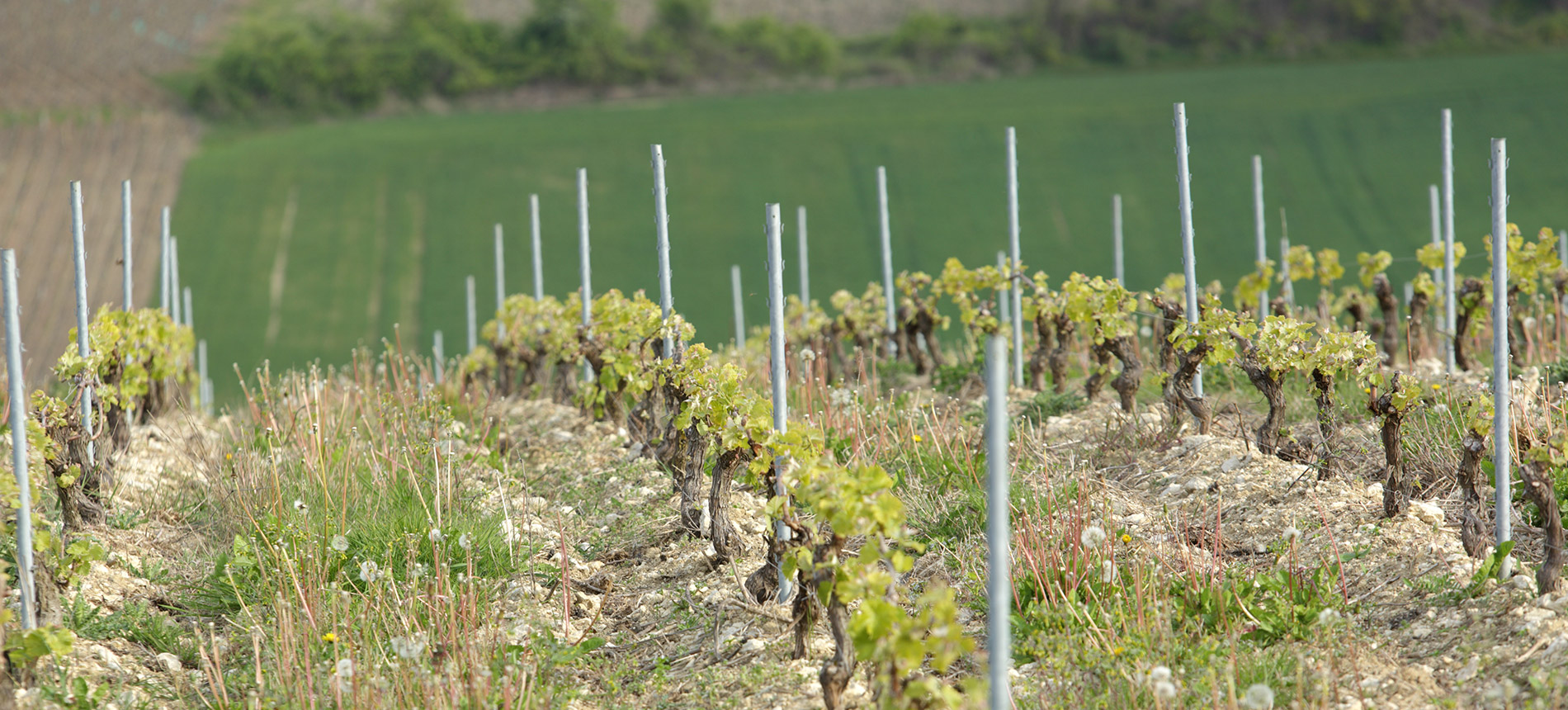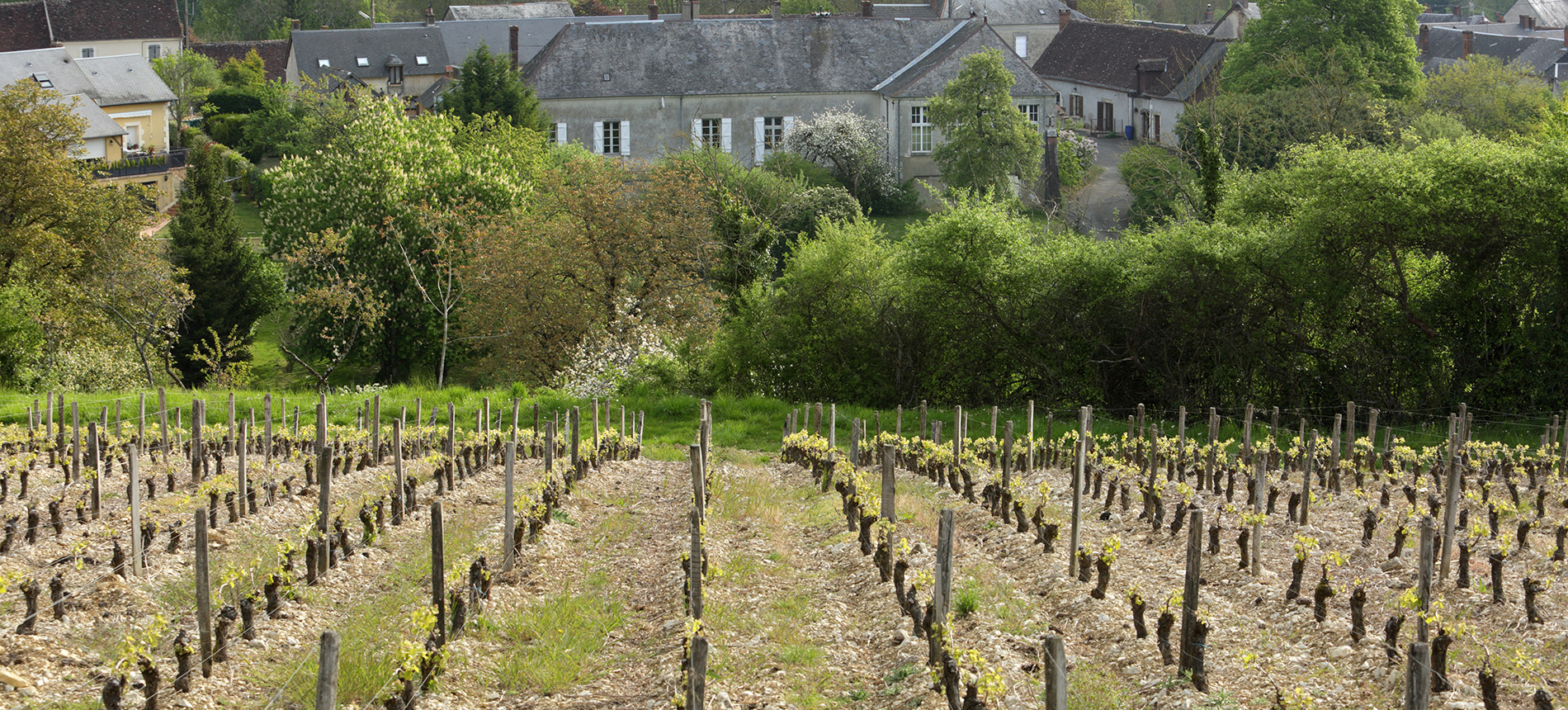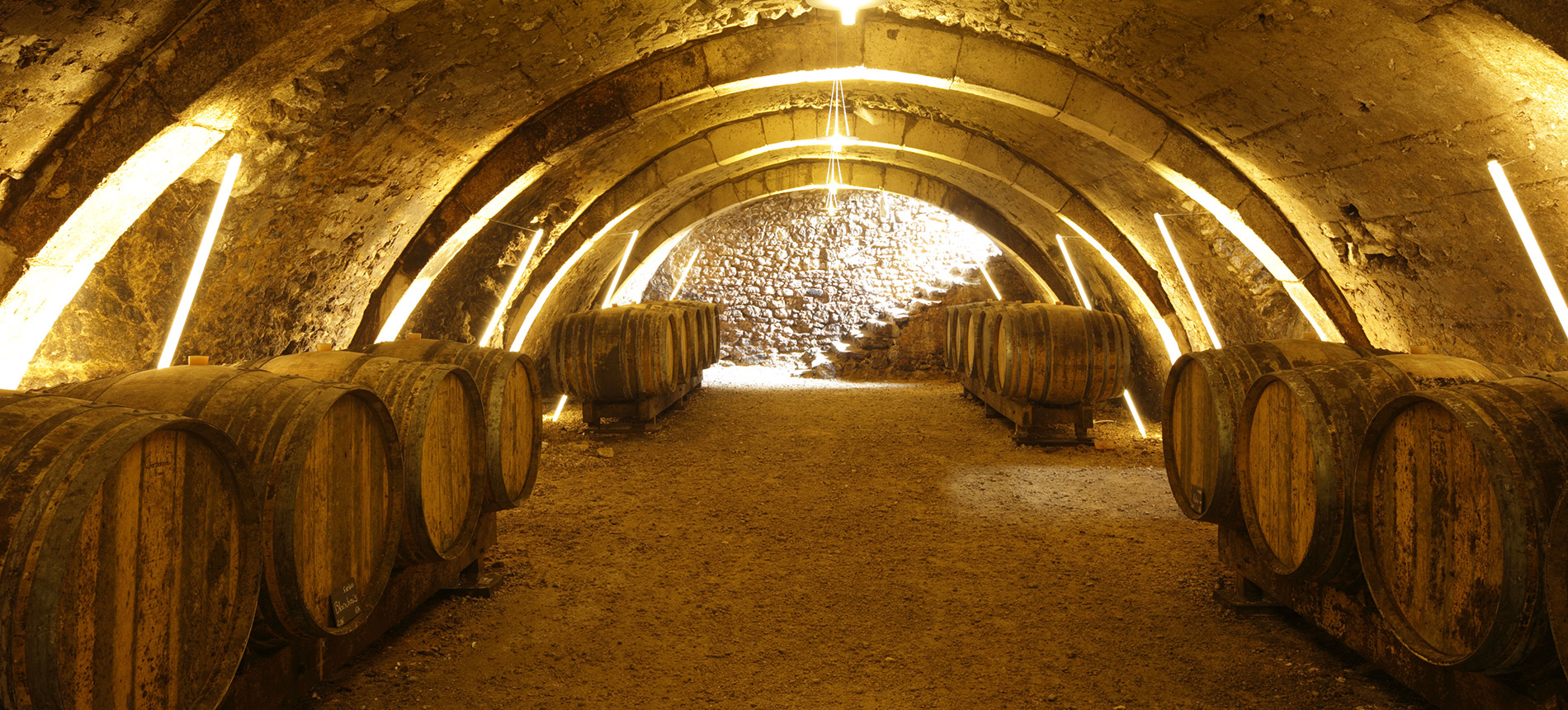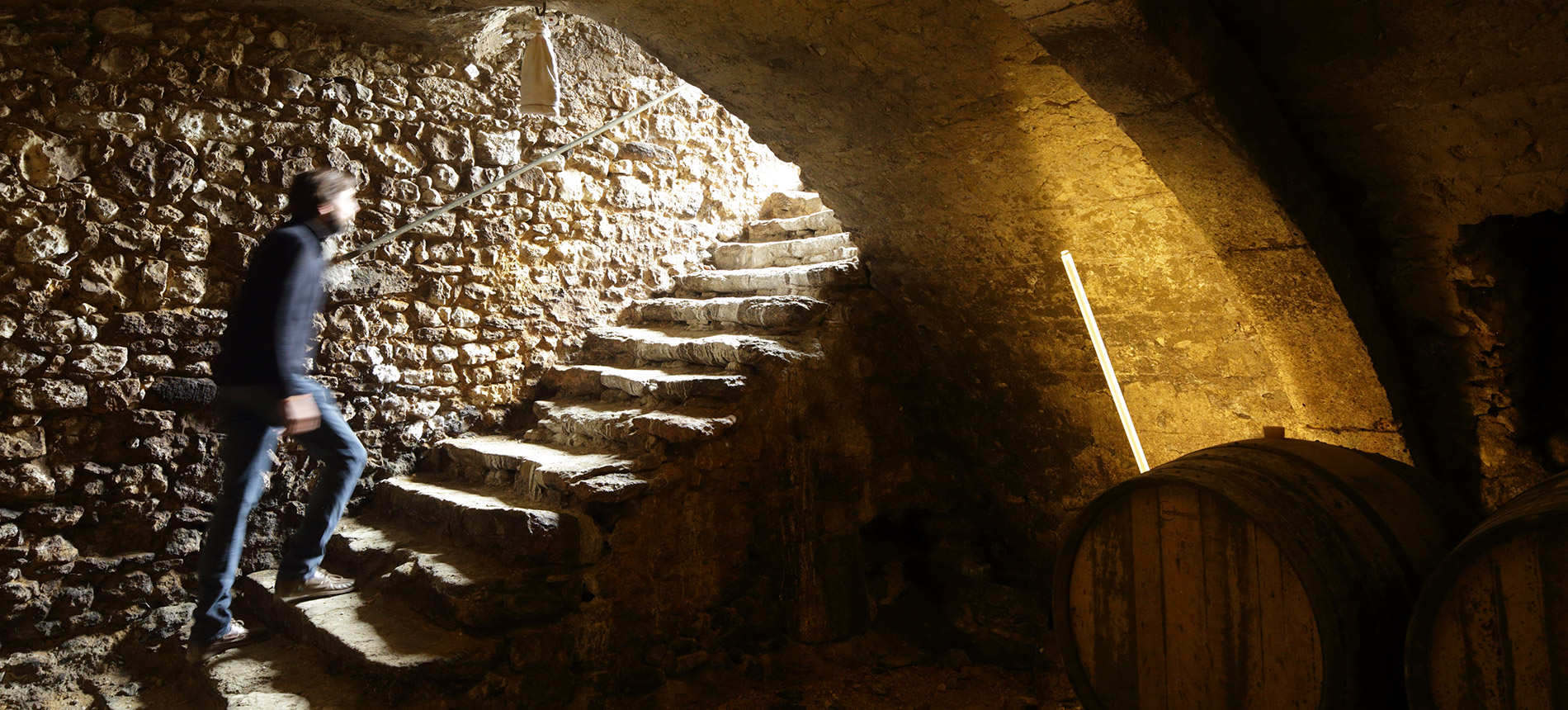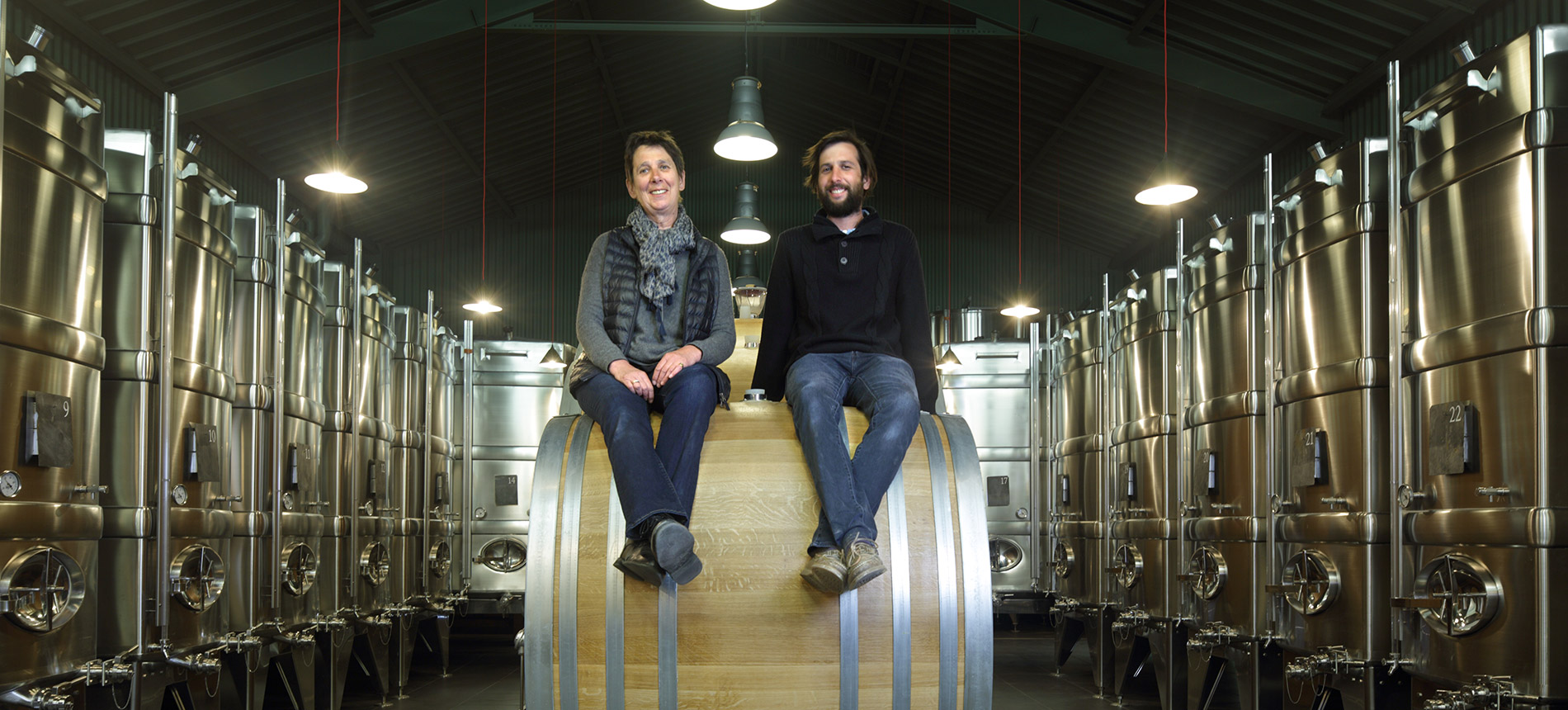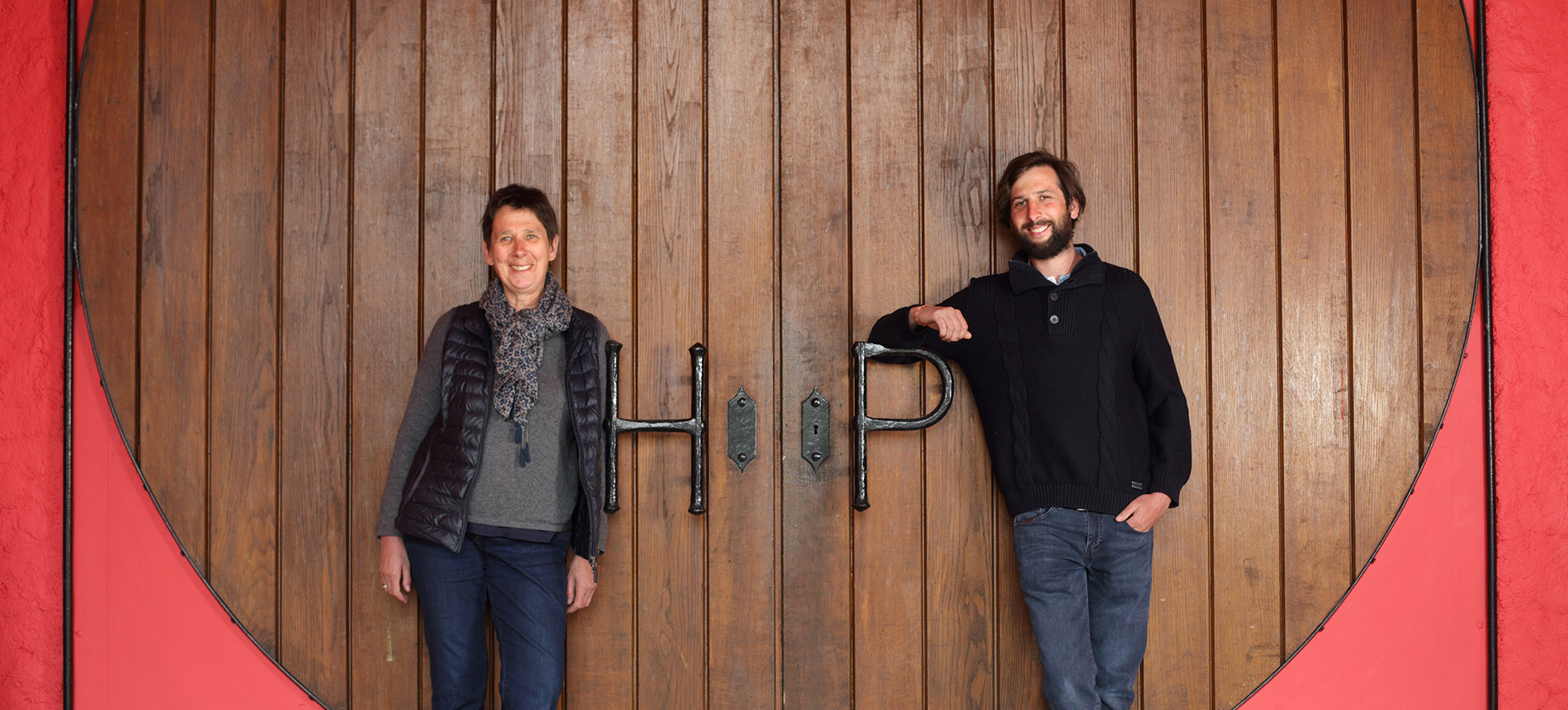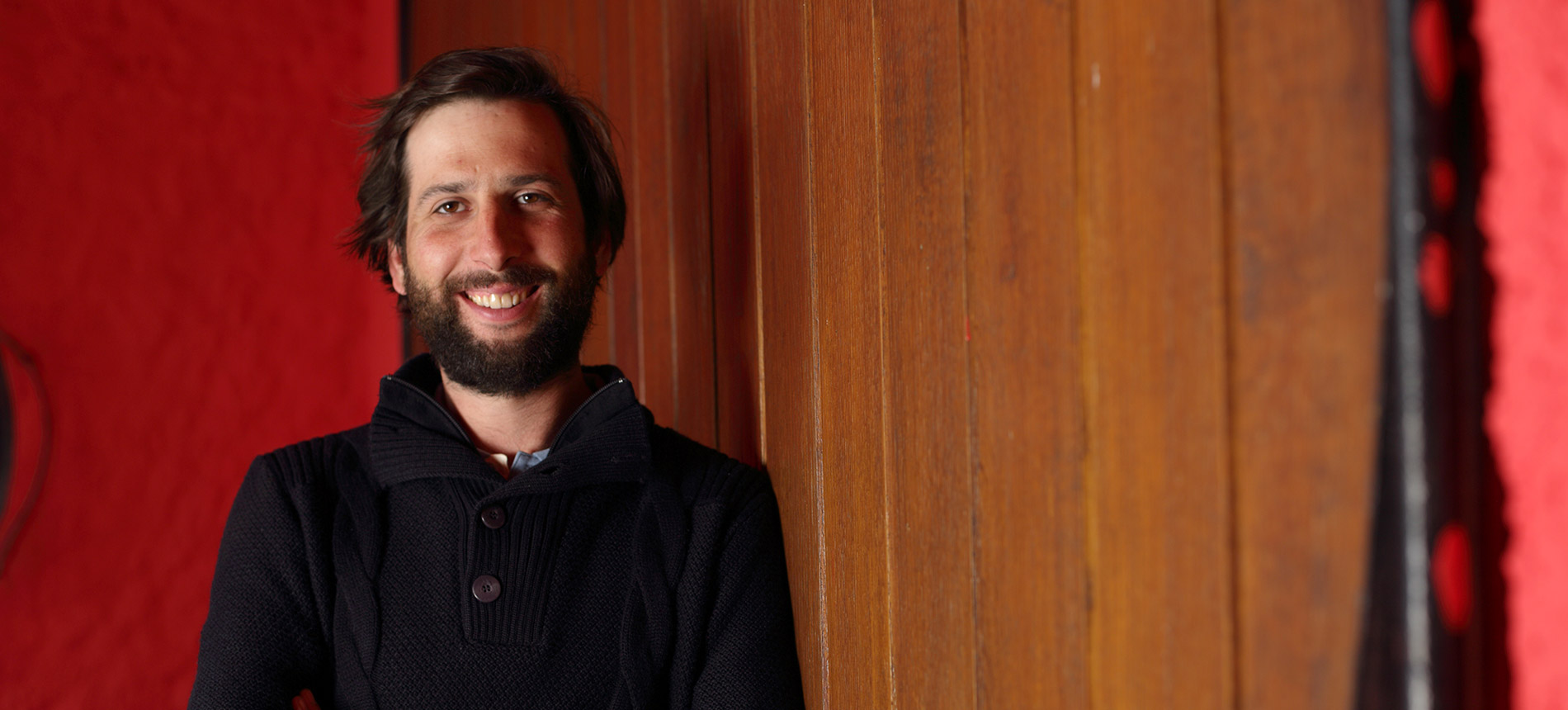Tasting wine extensively, which is an important part of our jobs as wine importers, often becomes an exercise in discovery. And one of the important discoveries we have made is that the appellation of Menetou-Salon, and particularly the wines from the village of Morogues (just east of Menetou itself), are some of the most underrated and exciting wines of the entire eastern Loire Valley!
Menetou-Salon has always lived in the shadows of Sancerre. The AOC was officially recognized in 1958 some 22 years after Sancerre itself. Today it comprises 600 hectares of vines, likewise planted to Sauvignon Blanc and Pinot Noir, making it only one-fifth the size of Sancerre. That, coupled with the fact that until recently only about 20% of Menetou-Salon was exported from the country, has made it a classic under-the-radar appellation. There are also only 30 producers in the whole appellation, of which only 5-10 are really focused on quality. So, while it is easy to just lump Menetou-Salon in with the other Sancerre Satellite regions like Quincy, Reuilly, and Coteaux de Giennois, there is most definitely another story to be told!
Domaine Pellé is a fourth generation family estate run by the talented and hard-working Paul-Henry Pellé. The winery was officially started in the 1950s, though earlier generations of the Pellé family had produced wine even before then, selling barrels of wine to local Brasseries as far as Brouges in the early 20th century. Paul-Henry's grandfather, in fact, played an instrumental role in the establishment of the appellation, and lobbied hard to inlcude "Morogues" on the label, which he felt essential since it is unique in its high percentage of kimmeridgian soils.
The majority of the estate's 40 Ha of vines are situated in and around the village of Morogues. As Paul-Henry explained, “Morogues is comprised of 90% Kimmeridgian limestone. This is why my grandfather pushed so hard to give it the status it deserved”. This limestone is the same blessed soil type that makes up great terroirs of Chablis, Chavignol, and parts of the Aube in Champagne. Whether with Sauvignon Blanc, Chardonnay, or Pinot Noir, it helps to create complex, elegant, mineral-laden wines that can age well too. The property is planted to 1/3 Pinot Noir and 2/3 Sauvignon Blanc, including 5 Ha of vines outside of Menetou, in Sancerre proper, which they purchased in the late 70s.
Paul-Henry Pellé took over for the family in 2007, and immediately converted to organic viticulture (though not officially certified yet). Prior to that, the family had taken a ‘natural¹ approach in the vineyards, working and plowing the soils and avoiding the use of herbicides and pesticides. Today, there is a crew of 8 full time vineyard workers to work the soils and apply organic preps and compost. The most important wine production-wise is the Menetou-Salon Blanc “Morogues” which is made from 7 different hillside vineyards in the village of Morogues. In addition, they make three different “single-vineyard” wines from selected, highly distinctive parcels in Morogues – Le Blanchais, Le Carroir, and Vignes de Ratier. The grapes for all of these cuvées are hand-harvested, a major rarity in these part of the wine world.
The fermentations for the Menetou Morogues occur in a majority of tank with about 15% in wood, both foudres and 400-liter barrels, though there is a plan to increase the percent of wood élévage moving forward. The single-vineyard wines are raised in 70% wood – also foudres and 400L – with the balance in tank. These wines are also fermented 100% with indigenous yeasts, and are raised for a minimum of 11-12 months before bottling. Like the top wines from Chavignol, these wines drink well on release, but also have the ability to age beautifully for 10-15 years, often longer in top vintages.
We understand that Sancerre is just so easy to sell. But if you like great Sancerre (which itself can be a rarity!), we invite you to discover these distinctive, mineral-laden whites and reds from this under-the-radar appellation, Menetou-Salon, and from one of its true masters, Domaine Pellé.
